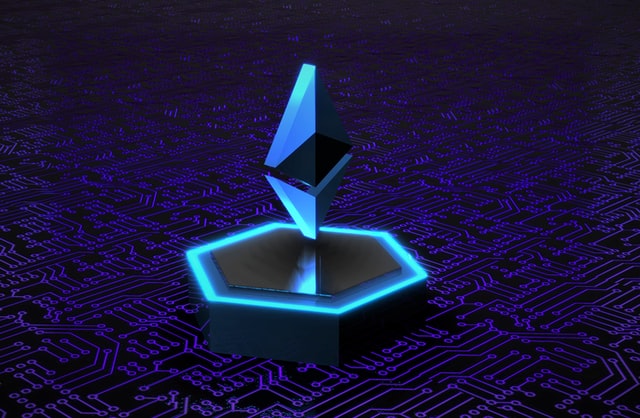Ethereum is ready to evolve – The Ethereum network is going to undergo a significant update. As a result, the network is prepared to switch its consensus method from Proof of Work to Proof of Stake through an update known as The Merge. Changing an airplane’s engine in mid-flight is obviously not something to be taken lightly. This is why the engineers are taking extra care to thoroughly test every component of this upgrade.
The Merge: Crazy Tests on Ethereum
To recap, The Merge is an upgrade that connects two aspects that now work independently:
- Proof of stake’s consensus layer, commonly known as the beacon chain;
- The execution layer represents Ethereum’s application layer, with all decentralized apps hosted on Ethereum.
As we have shown, changing a blockchain’s consensus mode while it supports an ecosystem worth tens of billions of dollars is not easy.
To ensure that no unpleasant surprises occur during the mainnet transition, The Merge engineers are doubling the test methods. Nothing should be taken by chance.
The Shadow Forks
Shadow forks are one of the methods used to evaluate The Merge’s functionality. Shadow forks are precise duplicates of the Ethereum network in actuality. The latter has the same history as the former and replays transactions as they arrive on Ethereum.

The first shadow fork, established in April of this year, highlighted a configuration issue with the gas limit, essentially the total gas that can be consumed within a block.
A second shadow fork went off without a hitch at the end of April. This was the first time that all Ethereum clients remained in sync.
The most recent, on May 5, allowed Ethereum clients to refresh their experience with updated specs. Minor bugs could be found and addressed.
The Test Platforms
Developers utilize platforms to test specific features in addition to testnets and other shadow forks.
Hive
The Ethereum Foundation created Hive, a testing platform. This enables Ethereum client developers to run integration tests on their implementation.
Hive allows clients to be evaluated as black boxes in practice. As a result, the application will launch a node with a specified client and predefined configurations. This will then transmit a series of blocks, allowing you to test various node functionalities and listen for node answers to validate or invalidate the tests.
Kurtosis
Kurtosis is a second active tool for testing Ethereum clients. In fact, you may use this to create simulation settings with predefined parameters.
This allows customer developers to test their solution under conditions similar to real-world network situations. For example, Kurtosis can be used to monitor a node’s activity while the blockchain is under tremendous strain.
All of these techniques enable developers to reduce the risks associated with changing the consensus. To mitigate these risks, they decided to invalidate the initial mainnet deployment estimates that had been communicated.
Disclaimer: The opinion expressed here is not investment advice – it is provided for informational purposes only. It does not necessarily reflect the opinion of EGG Finance. Every investment and all trading involves risk, so you should always perform your own research prior to making decisions. We do not recommend investing money you cannot afford to lose.
 English
English Français
Français Español
Español Bahasa Indonesia
Bahasa Indonesia 中文 (中国)
中文 (中国) Русский
Русский Português
Português Deutsch
Deutsch

